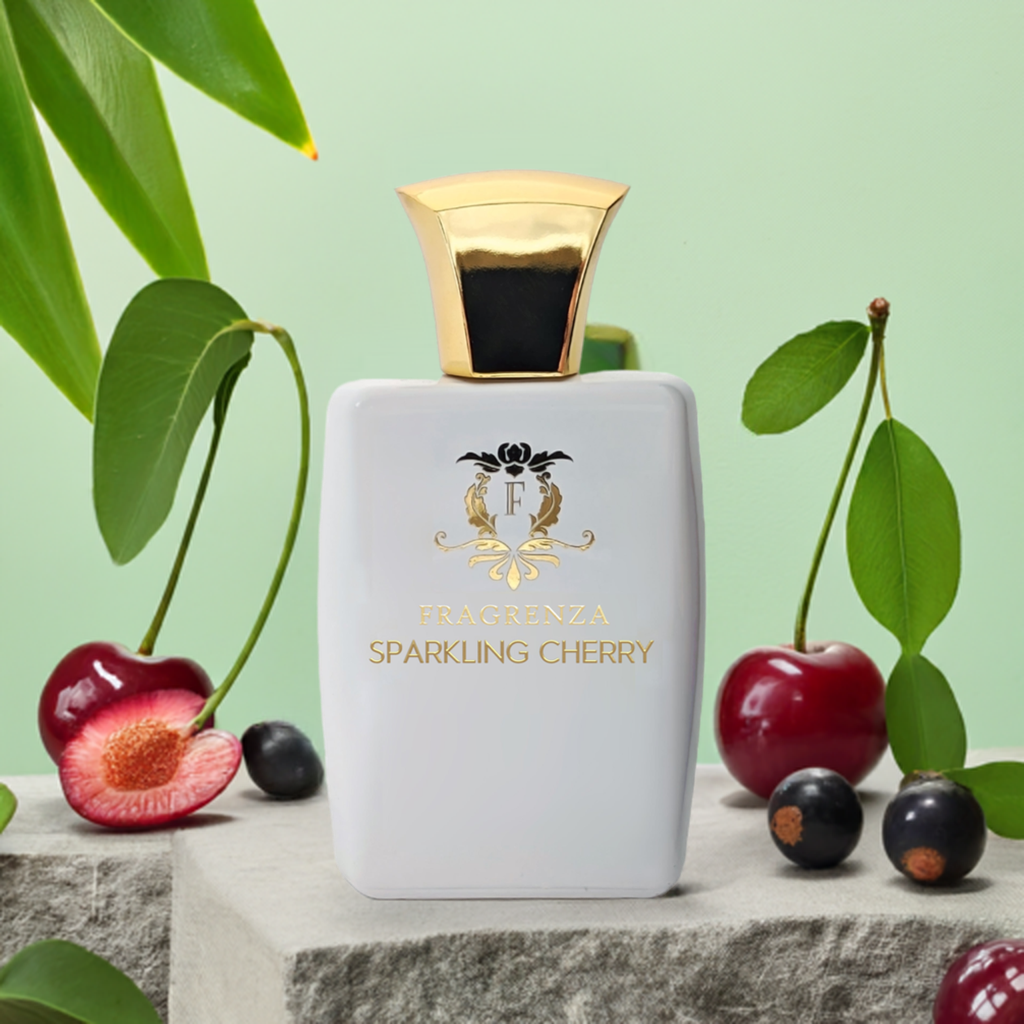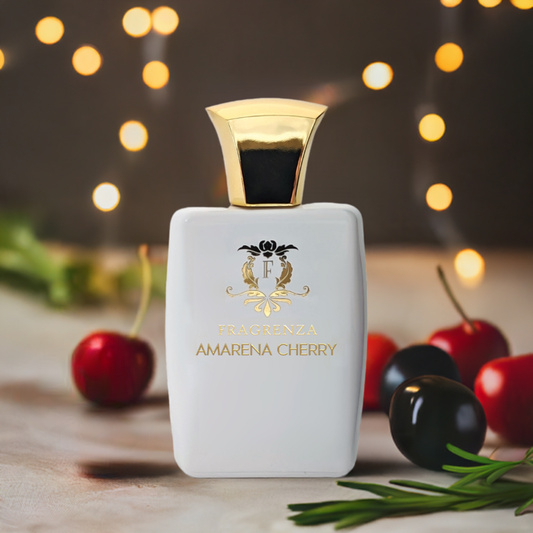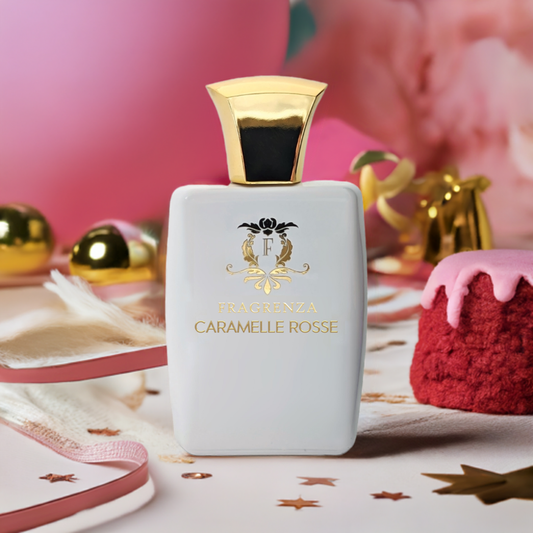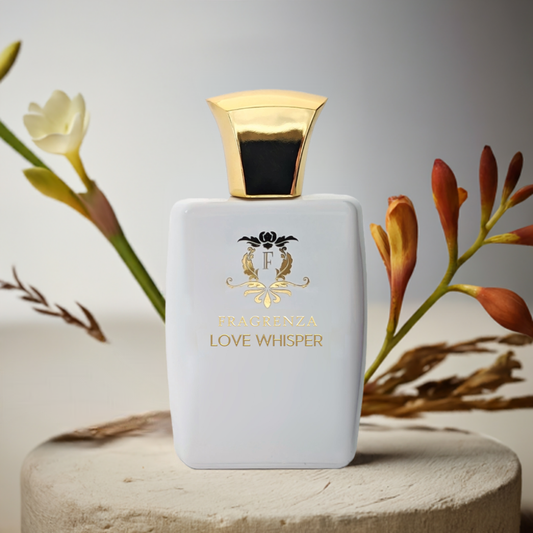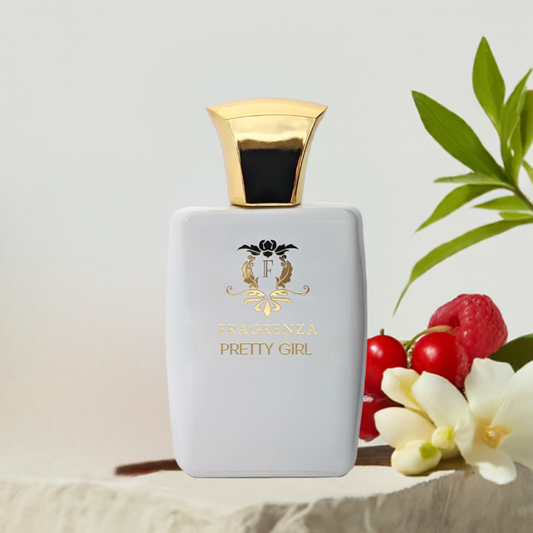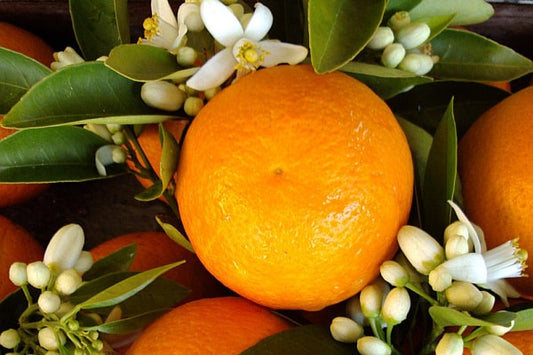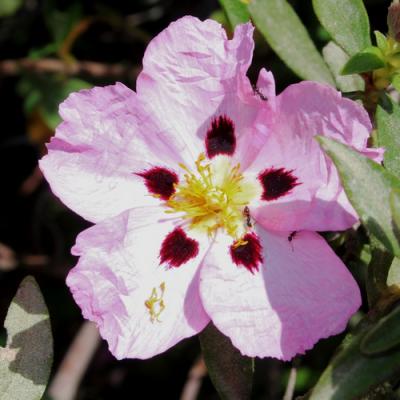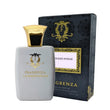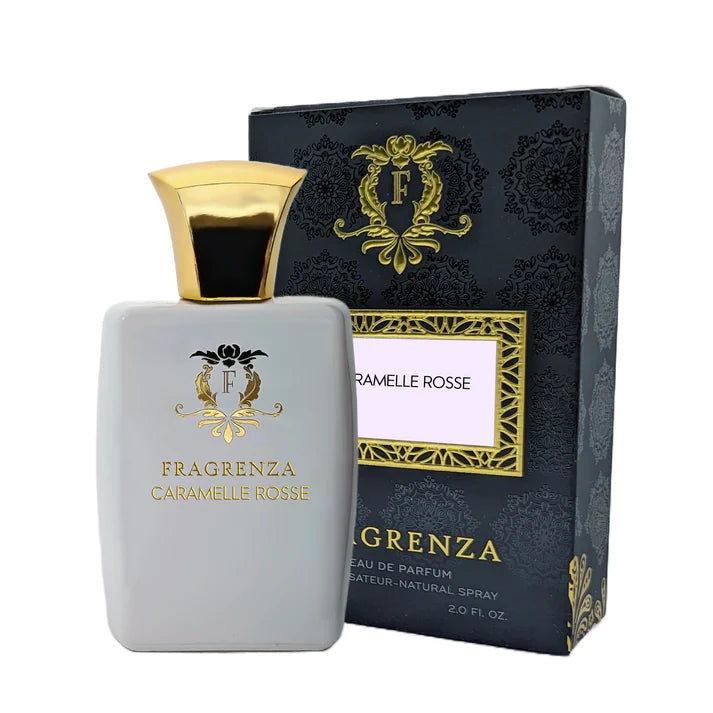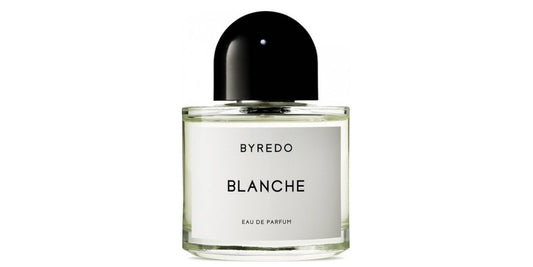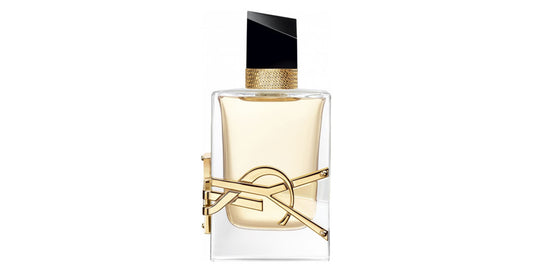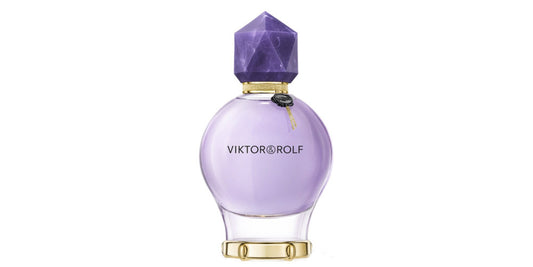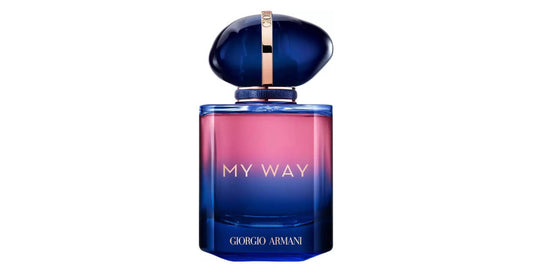What does coumarin smell like

In This Article
Coumarin: The Essential Element for Fougère Notes
Coumarin provides complex yet persistent fragrances, reminiscent of fresh-cut hay, dry straw, or blond tobacco. It also imparts almond and vanilla accords, resulting in a soft and powdery olfactory sensation. As the essential element of fougère notes, coumarin serves as the base note for many oriental and woody fragrances. It is also an excellent fixative. The first perfume composed of synthesized coumarin essence was Houbigant's "Fougère Royale," created in 1882. Today, coumarin is present in 90% of perfumes, with 60% containing more than 1% of it.
Coumarin is derived from the tonka bean, a seed found in the fruit of the Dipteryx odorata tree native to Central and South America. This bean has been used for centuries to flavor food and tobacco products. Tonka beans are also sometimes used as a substitute for vanilla.
Fragrances Complementing Coumarin
Perfumers adore coumarin for its exceptional qualities and versatility, allowing it to be combined with all olfactory families. It can be found in many renowned men's fragrances, such as "Fleur du Mâle" by Jean-Paul Gaultier, where coumarin is the sole base note, "La Nuit de l'Homme" by Yves Saint-Laurent, and "Lacoste pour Homme" by Lacoste. Coumarin pairs well with herbs from Provence, bergamot, lemon, and mint, enhancing green herb scents and evoking the aroma of scrubland on a beautiful summer day. It also complements vanilla and benzoin, which reinforce the vanilla odor inherent in coumarin and add a sweet roundness to these fragrances. Guerlain's iconic "Jicky" perfume combines coumarin and vanilla as base notes, with heart notes featuring geranium, iris, and rose. "Jicky," a tribute to the memory of love for a young woman, presents dazzling yet soft fragrances that were ahead of their time.
Coumarin has an interesting history as it was once used as a flavoring agent for root beer. However, due to concerns about its potential liver toxicity, the FDA banned the use of coumarin as a food additive in the United States in 1954.
As a natural organic substance, coumarin forms the foundation of woody and oriental fragrances, as well as the essential note of fougère accords. With its ability to elevate numerous fragrances and serve as an excellent fixative, coumarin harmonizes with other olfactory families. Present in 90% of perfumes, coumarin offers perfumers an extensive array of scents to explore.
In addition to its use in perfumery, coumarin is also employed as a chemical precursor for the synthesis of anticoagulant medications, such as warfarin. The discovery of warfarin, also known as rat poison, was a result of research on coumarin derivatives.
The Influence of Coumarin in Perfumery and Beyond
Coumarin's presence in the world of perfumery cannot be overstated. Its unique properties, fixative capabilities, and harmonious blending with various olfactory families have made it an indispensable component in many iconic fragrances. Its adaptability and diverse scent profiles offer endless possibilities for perfumers, making coumarin a key ingredient in the perfume industry.
While coumarin is most commonly associated with the tonka bean, it is also found in other natural sources such as sweet clover, sweet woodruff, and cinnamon. This versatile compound's presence in various plants highlights its importance in the natural world as well as the realm of perfumery.
Coumarin in Modern Perfumery
Modern perfumery continues to embrace coumarin for its captivating aroma and flexibility. As the industry evolves and trends shift, coumarin remains a vital ingredient in both classic and contemporary fragrances. Whether utilized as a base note, heart note, or top note, coumarin's impact is felt throughout the perfume world, solidifying its status as a staple in scent creation.
Despite concerns over coumarin's potential liver toxicity when ingested, its use in perfumes and cosmetics remains generally safe. The International Fragrance Association (IFRA) regulates coumarin levels in fragrances to ensure consumer safety, with the maximum concentration for skin contact set at 2.5%.
In conclusion, coumarin's role in perfumery is both influential and enduring. Its versatile scent profile, compatibility with various olfactory families, and presence in numerous iconic fragrances have solidified its importance in the industry. As the art of perfumery continues to evolve, coumarin will undoubtedly remain a significant and valued component in the creation of captivating scents.
